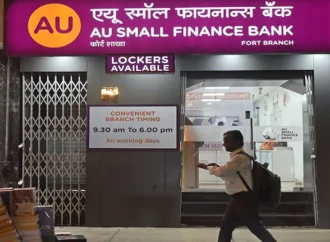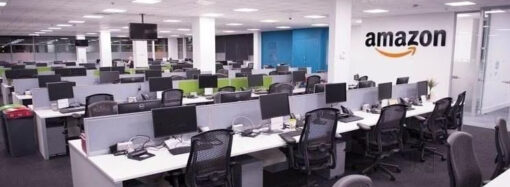A Colliers report reveals that over 80% of office occupiers plan to expand through flexible workspaces in the next 3-5 years, with MNCs leading the shift. Flex spaces are increasingly used for core business operations, especially in tech sectors, and are favoured for longer-term leases in prime city locations.
A recent report by Colliers, Flex Spaces: Reshaping the New-Age India Office Market, reveals that more than 80% of office occupiers plan to expand their portfolios using flexible (flex) workspaces over the next 3 to 5 years. This shift towards flex spaces is particularly strong among multinational companies (MNCs), who expect their use of such spaces to grow 3 to 4 times by 2030.
The report highlights that 60% of occupiers will likely dedicate at least 20% of their office space to flexible solutions within the next few years. Flex spaces, once primarily the domain of startups, are now becoming a key choice for real estate expansion across various industry segments. “Over the next few years, more than two-thirds of real estate expansion across occupier segments will be through flex spaces,” said Arpit Mehrotra, Managing Director of Office Services at Colliers India.
One of the driving forces behind this trend is the growing focus on cost efficiency and the flexibility these spaces provide. Nearly 40% of occupiers view flex spaces as central hubs for their core business operations, with technology companies leading this trend. About 40% of tech-sector occupiers already use flex spaces for primary business functions, and that number is expected to rise.
Flex spaces are also becoming more appealing for longer-term commitments. According to the survey, 77% of occupiers prefer lease terms shorter than one year, although this may change. “Average commitment periods for flex spaces could reach three years, a significant increase from the pre-pandemic standard of less than a year,” noted Vimal Nadar, Senior Director and Head of Research at Colliers India.
As flex space demand grows, central business districts (CBDs) and secondary business districts (SBDs) in Tier I and Tier II cities remain the preferred locations for expansion. About 45% of surveyed occupiers favour these areas, given their proximity to business hubs and talent pools.
Regarding workplace strategy, flex spaces are also poised to play a key role in the rise of distributed work models. Many large companies, including Global Capability Centers (GCCs) and MNCs, are expected to adopt flex spaces as central hubs and satellite offices in the coming years.
The report suggests that flex spaces, especially in key industries like technology, engineering, manufacturing, and healthcare, will continue to reshape the office space landscape in India.























